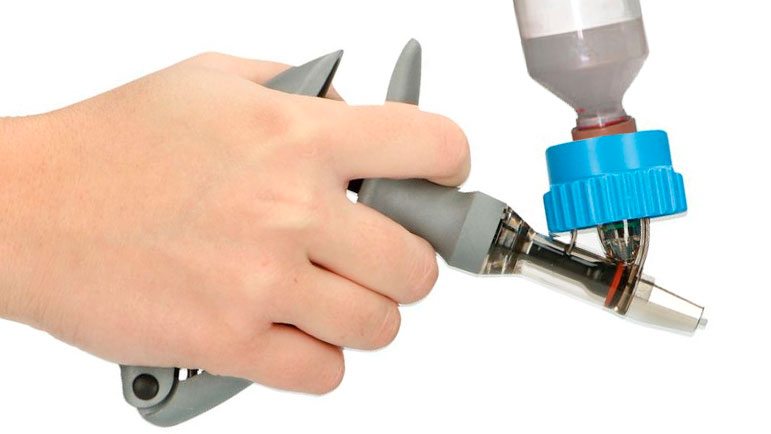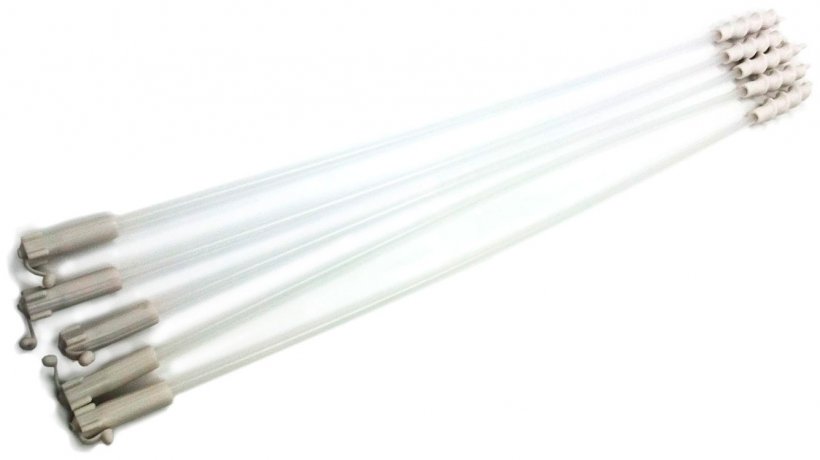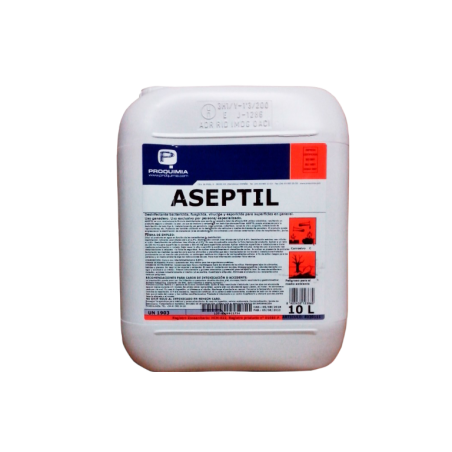PRRSV Autovaccines
We were interested in understanding Dr. Nauwynck’s opinion and personal experiences on the development and usage of inactivated autovaccines for PRRSV. Back in the early 2000’s, and with the support of a pharmaceutical company, Dr. Nauwynck investigated the role that inactivated PRRS vaccines could play in PRRS control. He noted that, at that time, the existing inactivated commercial vaccines had an exceptionally low antigenic level and they were unable to stimulate a strong immune response. His laboratory started working on a method to improve this shortcoming. Using highly concentrated PRRSV (108 TCID50 PRRSV per dose, inactivated with BEI), grown in MARC cells, they were able to develop autovaccines that provided a very good protection in pregnant sows after two vaccinations. He enthusiastically described his team’s success. At present, they have 2 cell lines available that may be used to manufacture inactivated autovaccines derived from farm serum samples. The cell lines can grow the isolates to high concentrations (>108 TCID50/ml). As a result, they do not have to concentrate the virus after propagation. After BEI inactivation and adjuvant addition, the virus is ready for use on the farm. We asked him for his ideal PRRSV vaccination protocol. He recommended a commercial attenuated vaccine at 60 days of gestation followed by a dose of an inactivated autovaccine at 90 days of gestation in order to maximize a general immune response to PRRSV in the sow and to protect the offspring by the neutralizing antibodies specifically directed against PRRSV circulating on the farm. We must consider that legislation regarding autovaccines varies by country. Apart from this, due to patent restrictions, the technology that Dr Nauwynck’s team has developed for the production of farm specific PRRSV autovaccines is fully blocked by a company up till 2024. Afterwards, this technology will become available. He is looking forward to the day that these vaccines will be used in the field.


Regional control and elimination of the PRRSV
Dr Nauwynck also shared his perspective on the concept of regional control and elimination of PRRSV in the field. In the past, he believed in the feasibility of controlling and eliminating the virus in a coordinated regional approach using commercial vaccines. However, the field strains of the PRRSV have evolved so far away from the available vaccines over the past 10 years that the ability to effectively use these vaccines for this purpose has decreased. To illustrate this concept, his team has performed transmission experiments measuring the vaccines’ ability to protect. They calculated the R0 with and without the vaccine and, although they were able to demonstrate some impact on the virus replication using a vaccine, there was not enough protection to stop the transmission of the virus as the R0 was still >1 so eradication at a regional level with only a vaccination strategy will be extremely difficult.
Dr Nauwynck also shared his theory related to how the PRRSV could impact the future shape of the industry. If the virus continues to evolve to more virulent strains and vaccines are unable to adequately control them, many producers could find it more challenging to efficiently produce pigs in a profitable way. As a result, many producers would not be able to remain in business and the number of farms could decrease dramatically. As we observe in the North American industry that deals with the more virulent Type 2 strains of the virus, the producers that are committed to working with PRRSV negative animals tend to be the most efficient. PRRSV eradication programs following outbreaks are common as PRRSV-free production offers the only possibility to continue. Dr. Nauwynck reminds everyone that "in virology everything is possible, but, when talking about PRRSV and its evolution, 90% of all newly emerged strains show a continuous evolution towards more virulent forms".

PRRSV status of boar studs and replacement gilts
As a continuation of our discussion on the need for the industry to move towards PRRS stable production, we changed into a discussion on the importance of sourcing PRRS negative semen and replacement gilts. We asked Dr Nauwynck for his opinion on the fact that, in certain parts of the world, PRRSV positive boar studs are still being used. He noted that the presence of PRRSV positive boar studs in certain European countries is a good indicator that we are still far from eradicating and controlling PRRSV at a regional level. He stated very clearly that having all boar studs completely negative for the disease is an absolute MUST for the industry in our region to properly control transmission.
In addition to insuring the PRRSV negative status of semen, he was also very concerned about the fact that many producers neglect the importance of checking the PRRSV status of their purchased replacement gilts upon arrival at the farm. He strongly supports the idea that bringing negative replacement gilts into the herd is the only way to insure long term viability and success.








